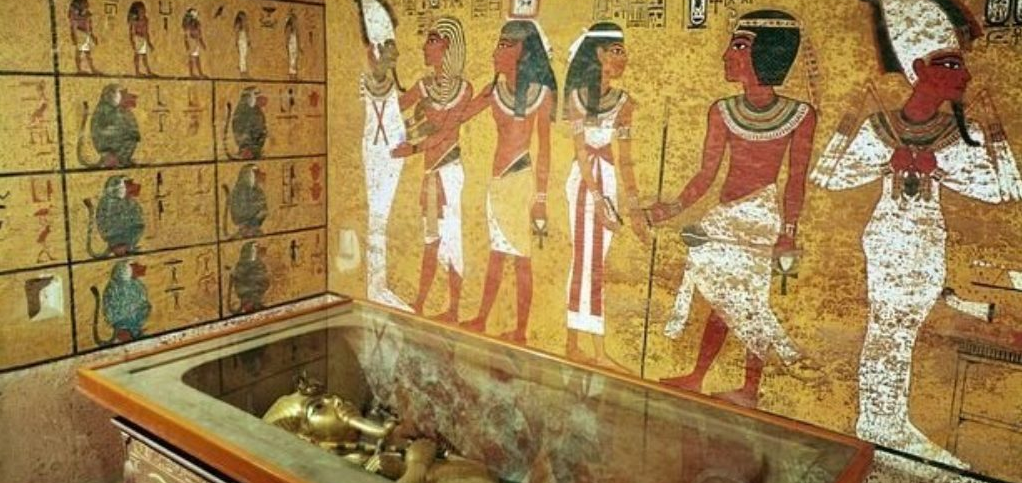The Egyptian Ministry of Tourism and Antiquities have announced the incredible discovery of a rock-cut tunnel deep below ground in the area of the Taposiris Magna Temple, west of Alexandria in Egypt. The massive tunnel, which has been described as a ‘geometric miracle’ stretches over 1,300 meters (4,265 feet). The area has been under investigation in the search for the long-lost tomb of Queen Cleopatra .
The tunnel was discovered 13 meters (43 feet) underground by the Egyptian Dominican archaeological mission of the University of San Domingo, headed by Dr. Kathleen Martinez. During the excavations and archaeological survey of the tunnel a number of ceramic vessels and pots were found under mud sediment, as well as a rectangular block of limestone. Two heads made of alabaster were also found near the temple, one of which dates to the Ptolemaic period.
Battle of the tanks – Greek LEO2 vs. U.S M1A1 ABRAMS in competition (video-photos)
Part of the tunnel was found to be submerged underwater and this supports the theory that foundations of the Taposiris Magna Temple are also underwater. At least 23 earthquakes hit the Egyptian coast between 320 and 1303 AD, which would explain the collapse and submergence of part of the Taposiris Magna Temple.
Read more: Ancient Origins




































